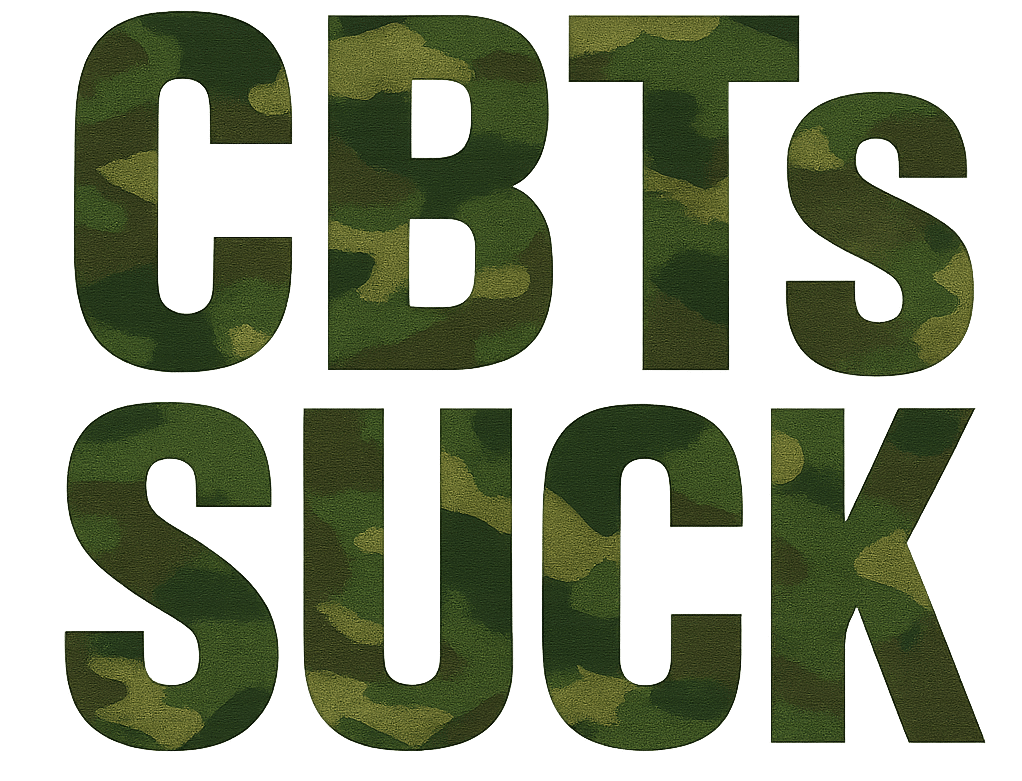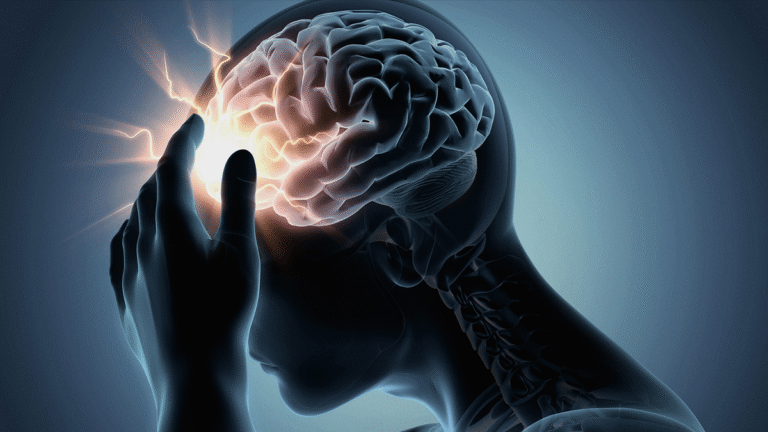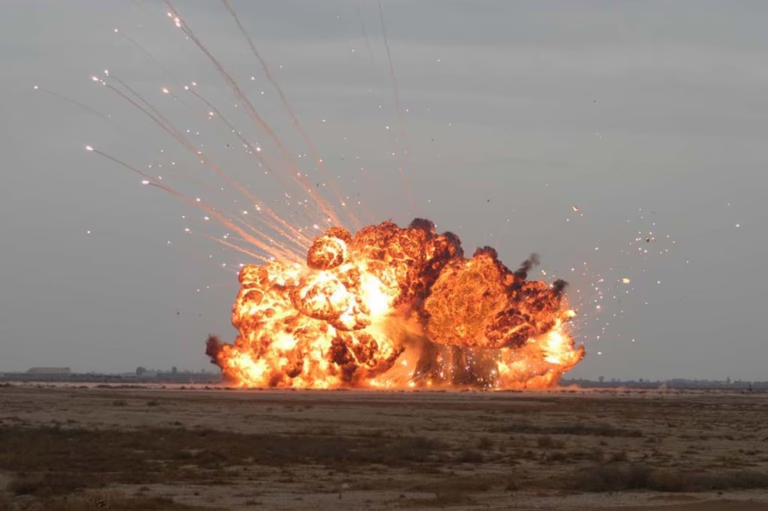Information Environment Awareness
We live in an information environment. This is a space where humans and machines process information to make sense of the world. Below is a study tool to assist with completing the Information Environment Awareness CBT
Pre-Test
Q: Which countries are most actively attempting to gain influence and control of information at both a regional and global scale?
A: Russia and China
Q: What has had the greatest impact in reshaping the landscape of influence operations, persuasion and mass manipulation?
A: The internet and social media
Q: What three dimensions comprise the Information Environment?
A: Physical, Informational and Human (cognitive)
Q: What is the importance of information warfare within military activities?
A: It reflects the competition between the United States and other countries to control, degrade, manipulate and corrupt the information environment.
Q: What countries have used social media to conduct disinformation and propaganda offensives targeting individual Airmen?
A: Russia and China
Q: Within the media information timeline, what information period depics the least accurate account of the event?
A: Day of event
Q: The aim of cognitive warfare attempts to alter people’s perceptions or to impose one’s will upon another state.
A: True
Q: What is the main difference between disinformation and misinformation?
A: The intent of the information
Q: A deepfake video can manipulate the original video to make a person appear to say things completely out of context.
A: True
Q: Real news reporting spreads faster on the internet than false news reporting.
A: False
Q: How can Airmen begin to pick apart an influence attempt?
A: Recognize, apply and improve your ability to detect falsehoods.
Q: When assessing motives, as part of the SMART model for analyzing information, which of the following is the most critical set of indicators for establishing a negative motive for disinformation?
A: To sell or advocate for a particular political, religious or personal agenda.
Q: When using the SMART model and analyzing informatino based on the Review phase, which of the following should you ask?
A: Is enough evidence presented to draw a logical conclusion?
Functional Check for Articles
This is for the news article story if you do not take the pre-test or pass the test:
Q: What is the apparent source?
A: RT.com
Q: Who is the author?
A: Evgeny Norin
Q: What motive might this author/source have for writing this?
A: Depends on RT.com readership
Q: What claim(s) presented as fact or directly implied in the article couild be fact checked to further evaluate the article?
A: All of these choices
Q: Which of the following could be reputable sources to consult for a two-source test?
A: All of these choices
Q: What should you do upon realizing that an article or post is disinformation?
A: Nothing! If it comes up, let your friends know it is not a reliable source.
Q: How can Airmen begin to pick apart an influence attempt?
A: Recognize, apply, and improve your ability to detect falsehoods
Q: When assessing motives, as part of the SMART model for analyzing information, which of the following is the most critical set of indicators for establishing a negative motive for disinformation?
A: To sell or advocate for a particular political, religious or personal agenda.
Q: when using the SMAR model and analyzing information based on the Review phase, which of the following should you ask?
A: Is enough evidence presented to draw a logical conclusion? Are there notable errors or missing information?







